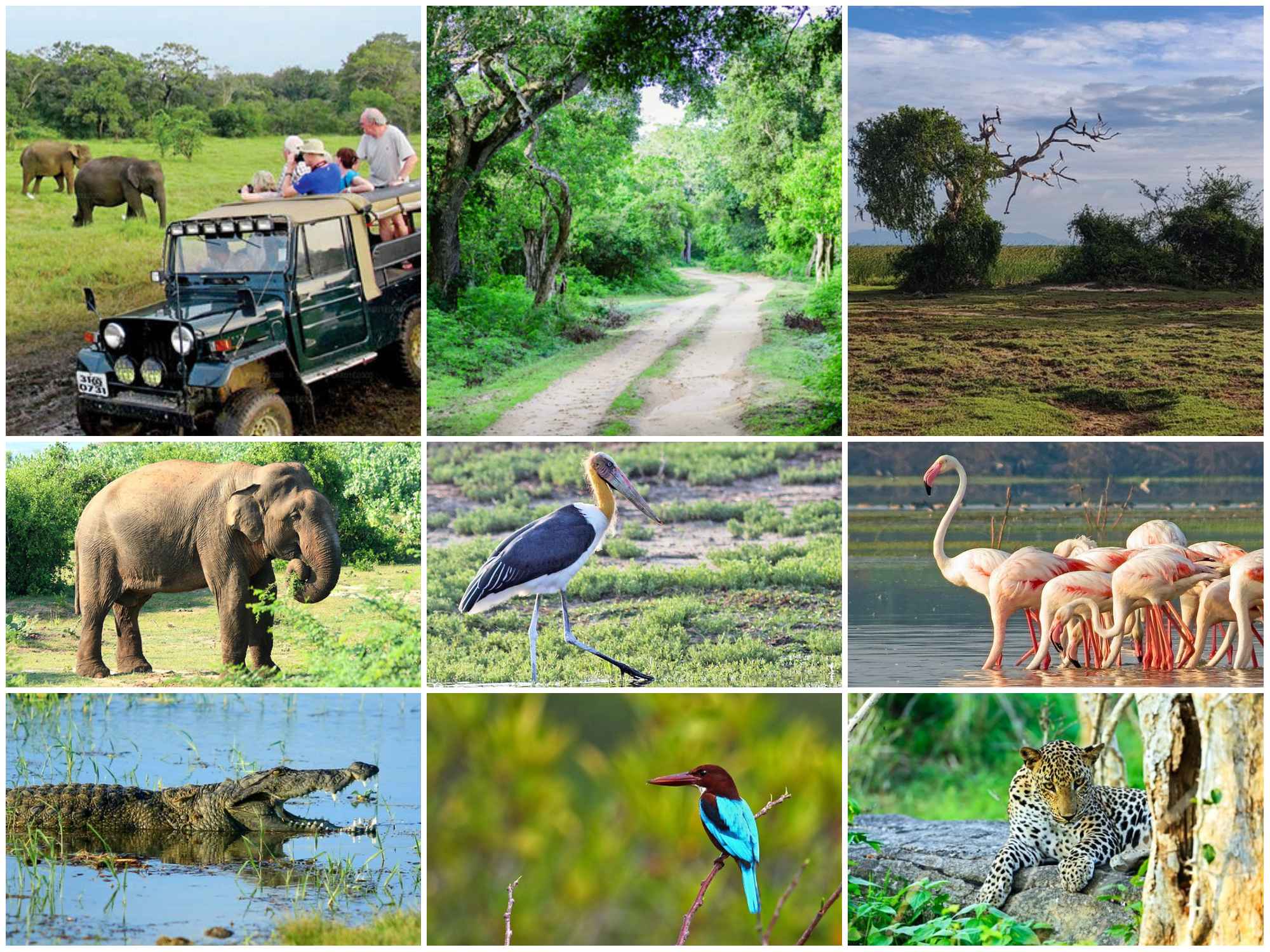
Accessed around 15km east of Hambantota , Bundala National Park is one of Sri Lanka’s foremost destinations for birdwatchers, protecting an important area of coastal wetland famous for its abundant aquatic birdlife, as well as being home to significant populations of elephants, crocodiles, turtles and other fauna. Although it doesn’t have quite the range of wildlife or scenery of nearby Yala National Park, Bundala is much quieter, and makes a good alternative if you want to avoid Yala’s crowds.
The park stretches along the coast for around twenty kilometres, enclosing five shallow and brackish lagoons, or lewayas separated by thick low scrubby forest running down to coastal dunes. Almost two hundred bird species have been recorded here, their numbers swelled by seasonal visitors, who arrive between September and March. The lagoons attract an amazing variety of aquatic birds, including ibis, pelicans, painted storks, egrets and spoonbills, though the most famous visitors are the huge flocks of greater flamingoes.
The Bundala area is the flamingoes’ last refuge in southern Sri Lanka, and you can see them here in variable numbers throughout the year; their exact breeding habits remain a mystery, though it’s thought they migrate from the Rann of Kutch in northern India. Flamingoes apart, the park’s most visible avian residents are its many peacocks , a memorable sight in the wild at any time, especially when seen perched sententiously amidst the upper branches of the park’s innumerable skeletal palu (rosewood)
Bundala is also home to 32 species of mammals, including civets, mongooses, wild pigs and giant Indian palm squirrels, as well as black-naped hares, though the most commonly seen mammals are the excitable troupes of grey langur monkeys. There are also a few elephants, including around ten permanent residents and some twenty semi-resident , larger seasonal migratory herds of up to sixty, comprising animals that roam the Yala, Uda Walawe and Bundala area, also visit the park. All five species of lay their eggs on the park’s beaches, although there are currently no turtle watches. You’ll probably also come across large land monitors and lots of enormous crocodiles, which can be seen sunning themselves along the sides of the park’s lagoons and watercourses.

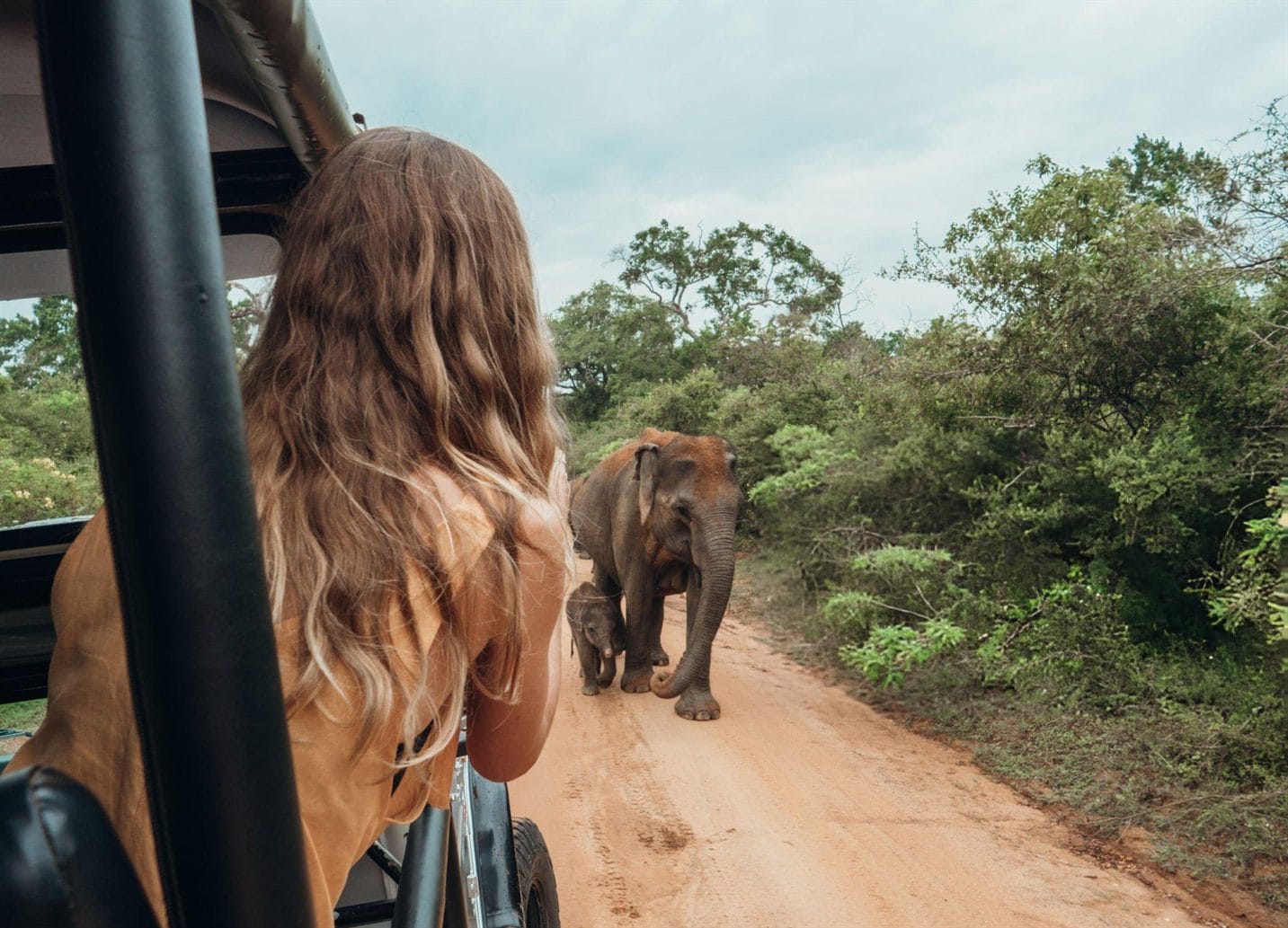
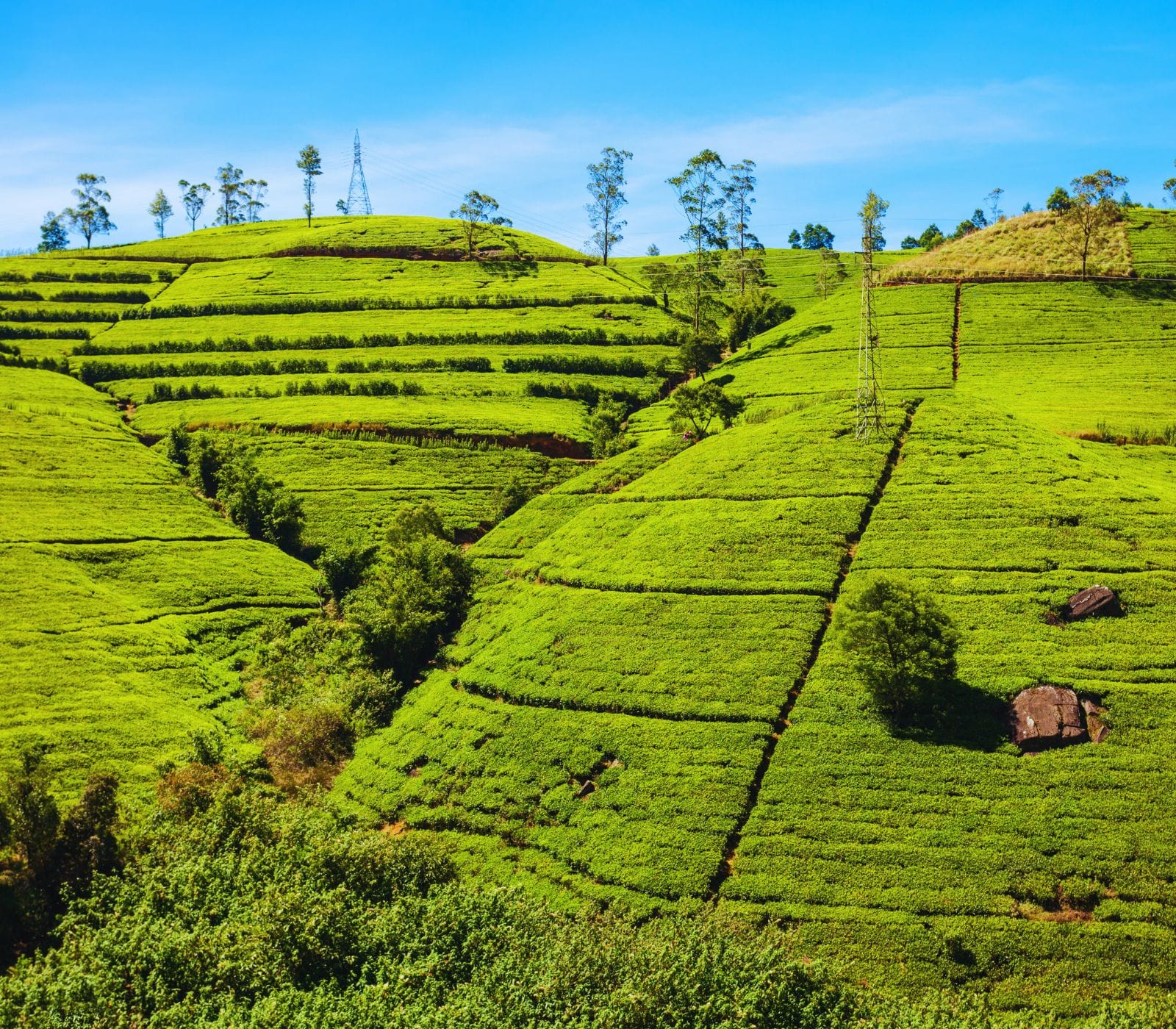
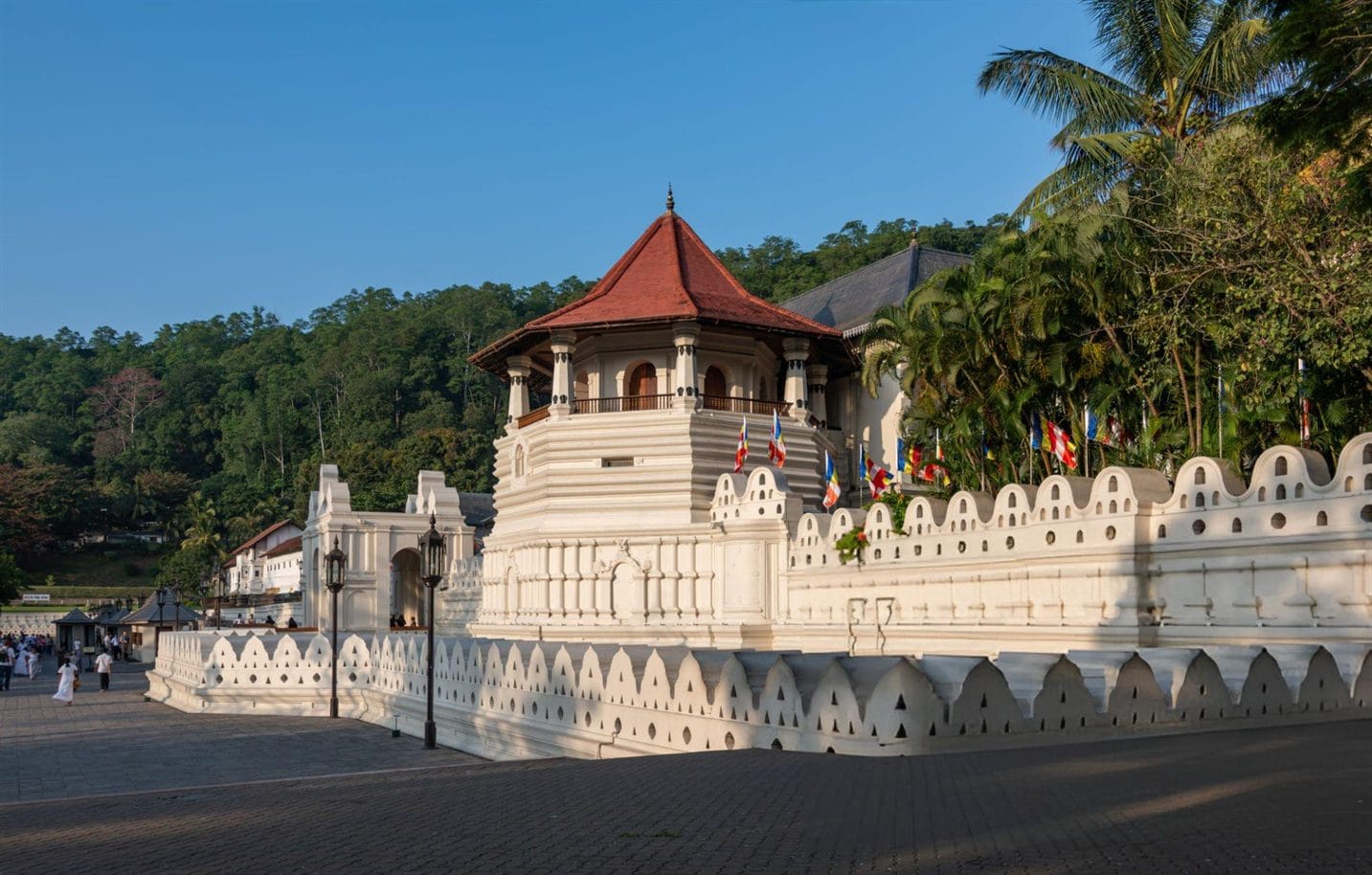




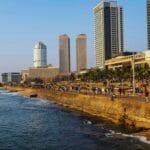




Leave a comment: